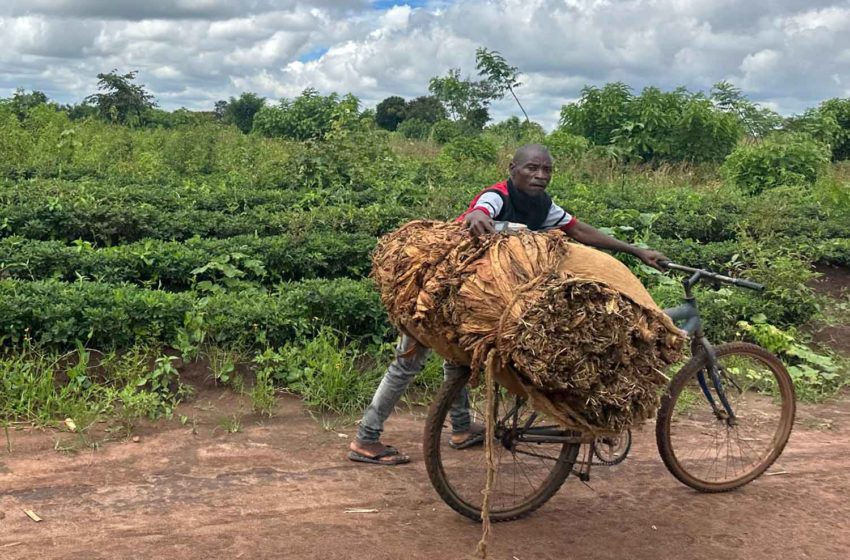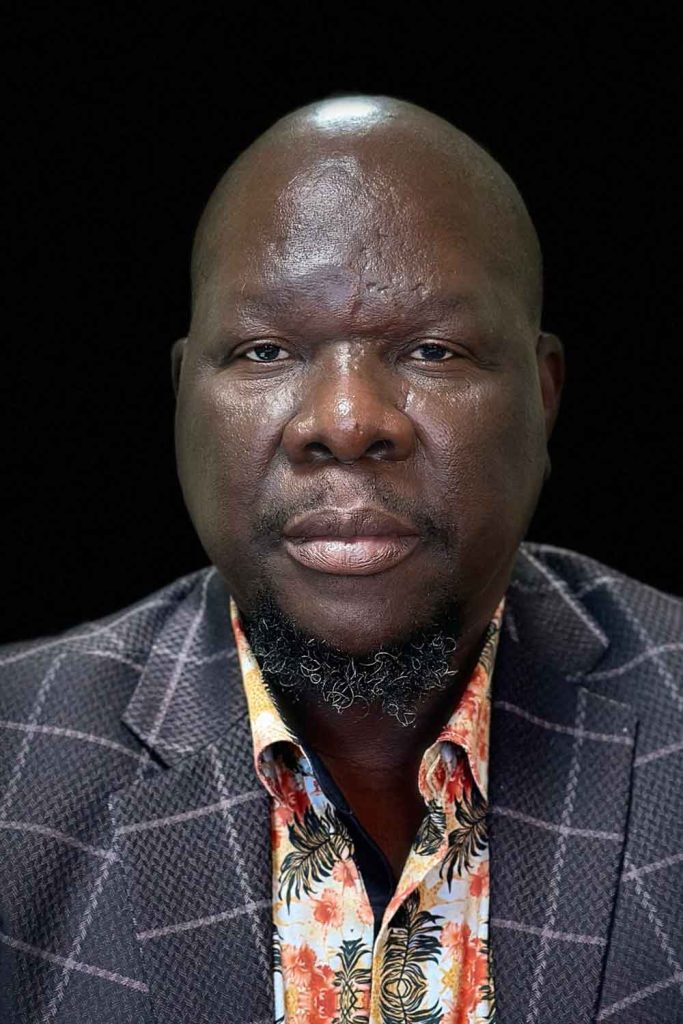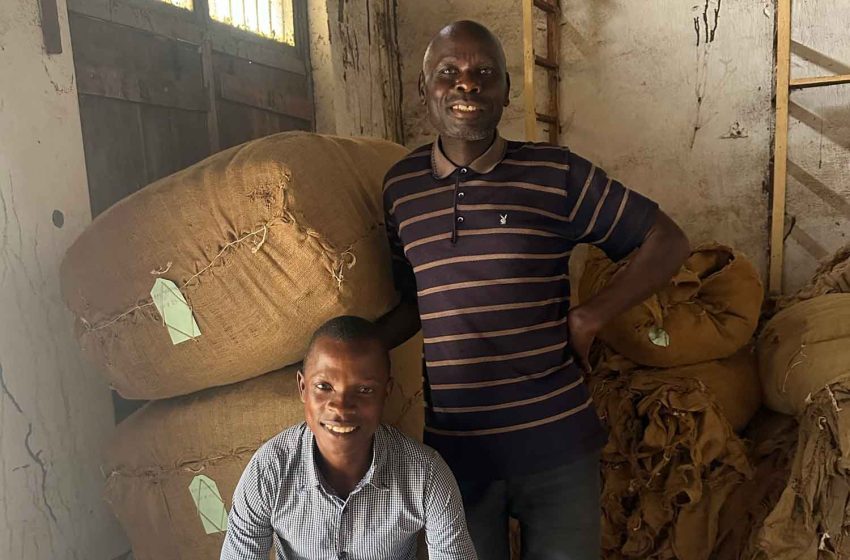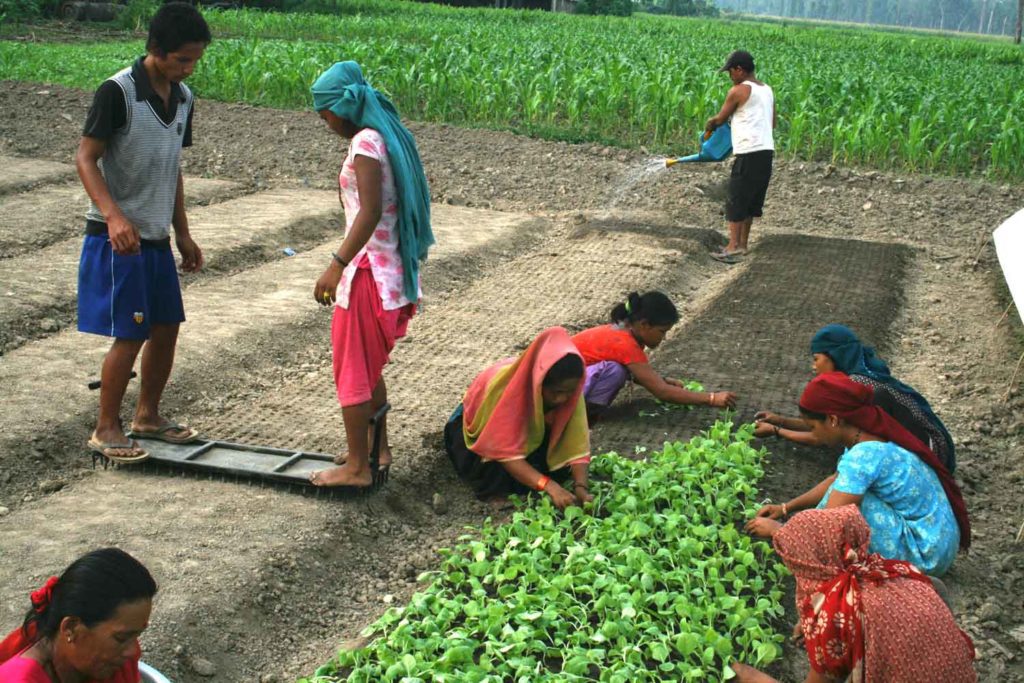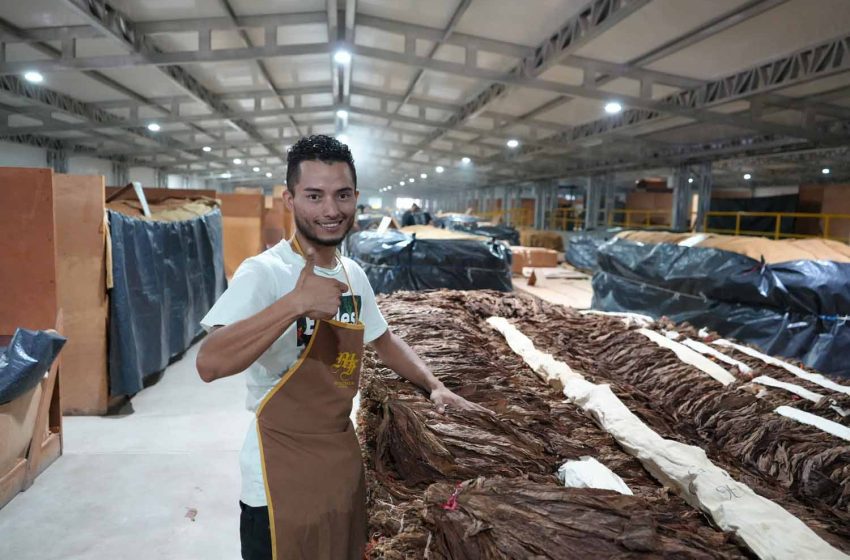
Depending on the season and on who you ask, tobacco accounts for between 40 and 70 percent of Malawi’s export earnings.
In a good season, the golden leaf generates a relative level of wealth in the countryside and earns the nation much-needed foreign currency to import the products and services it cannot produce at home.
In a bad season, there will be poverty in the villages.
Read our special report to learn how Malawi is diversifying to make its economy more resilient and prepare for a future with less tobacco.

Broadening the Base
Malawi seeks to reduce its heavy reliance on tobacco.

Enduring Demand
Malawi burley remains popular even as global smoking rates stagnate

Back to Normal
Following a record low harvest in 2022, Malawi has produced a more typical crop this season.

Fungi Fever
Mushrooms sprout new opportunities for Malawi.

From Imports to Orchards
Rebuilding Malawi’s banana value chain.

Coping with the COP
Offsetting the rising cost of production

A Gamble on Goobers
Pyxus Has Great Expectations of Its Malawi Groundnut Business

Malawi Tobacco Earnings up Despite Drought
Demand for the country’s burley leaf was high due to adverse growing conditions in major origins.


Malawi Earnings Up
The nation has already authorized 60.2 million kg for next season, almost triple that at the same time last year.


Delayed Payments for Malawi Growers
While the problem isolated, the Tobacco Commission has vowed to resolve the issue.


Malawi Prices Up a Quarter Over Last Year
The Tobacco Commission credits firm demand and high leaf quality.


Tobacco Earnings Jump
Malawi has made 83 percent more from leaf sales to date this year than it did in the comparable 2023 period.


Malawi Growers Urged to Tap into China
An agricultural leader wants large farmers to help Malawi improve the quality of tobacco.


Malawi 2024 Volume Up 17 Percent
While the projected volume remains greater than 2023’s, it is down from earlier estimates.


Diversification in Africa: FCTC No Help
Small-scale growers in particular remain heavily dependent on tobacco.



Malawi Licenses 250 Million Kg
Stakeholders stress the importance of compliance and data-driven strategies.


Malawi Extends Grower Registration Deadline
Originally set for December 2023, the new cutoff date is Jan. 31.


Malawi Approves Tobacco Law
Lawmakers hope the new rules will make it easier for Malawi to market its leaf worldwide.


Malawi Now a Full Party to FCTC
A heavily tobacco-dependent economy, the country ratified the treaty only in August.


Malawi Devalues
The nation has been struggling with dwindling foreign currency reserves due in part to declining revenue from tobacco exports.


Alliance One Malawi Spends Millions on CSR
Among other projects, the leaf merchant has supported schools and medical facilities.


Malawi Extends Tobacco Farmer Registration
The end date was originally scheduled for Sept. 30, 2023.

